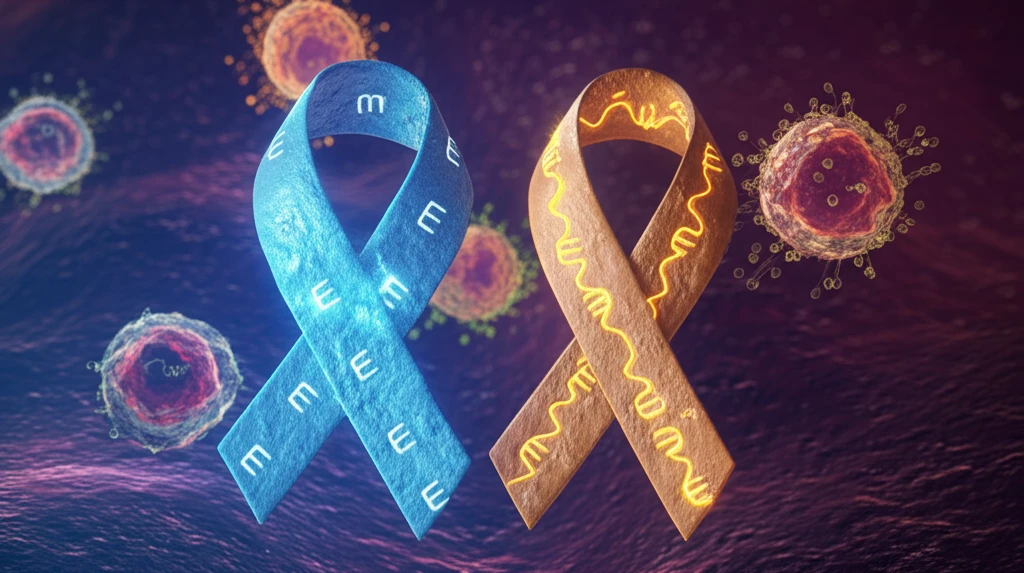
Can E-cadherin and Vimentin Levels Predict Breast Cancer Treatment Success?
"New research explores how these proteins might indicate resistance to therapy in advanced breast cancer, offering hope for personalized treatment strategies."
Breast cancer remains a significant health challenge worldwide, affecting millions of women and their families. In 2012, it accounted for 25% of all new cancer diagnoses. While advancements in treatment have improved outcomes, advanced-stage breast cancer, including locally advanced and metastatic forms, continues to pose considerable difficulties. The need for more personalized and effective treatment strategies is crucial.
Standard treatments for advanced breast cancer often involve preoperative chemotherapy, especially for inoperable cases. This approach aims to shrink the tumor, allowing for subsequent surgical removal. However, treatment resistance is a common obstacle, leading researchers to explore the underlying mechanisms that contribute to this resistance. Understanding these mechanisms is vital for developing targeted therapies that can overcome resistance and improve patient outcomes.
One promising area of research focuses on the epithelial-to-mesenchymal transition (EMT), a process where cancer cells acquire characteristics that promote metastasis and treatment resistance. Key proteins involved in EMT, such as E-cadherin and vimentin, are being investigated as potential predictors of treatment response. A recent study delved into the role of these proteins in predicting resistance to preoperative systemic therapy in patients with advanced breast cancer. The goal was to determine if E-cadherin and vimentin levels could serve as biomarkers to guide treatment decisions and enhance the effectiveness of breast cancer therapy.
E-cadherin and Vimentin: What Are They and Why Do They Matter?

E-cadherin and vimentin are proteins that play crucial roles in cell structure and behavior. E-cadherin is typically found in epithelial cells, where it helps maintain cell-to-cell adhesion. Vimentin, on the other hand, is more commonly found in mesenchymal cells, which are involved in tissue repair and metastasis. In cancer, the balance between these proteins can shift, leading to the epithelial-to-mesenchymal transition (EMT).
- Loss of E-cadherin: Reduced E-cadherin levels weaken cell-to-cell adhesion, making it easier for cancer cells to detach.
- Increased Vimentin: Elevated vimentin levels provide cancer cells with greater flexibility and mobility, facilitating invasion and metastasis.
Personalized Treatment: A Hopeful Future
The study highlights the potential of using E-cadherin and vimentin as predictive markers for treatment resistance in advanced breast cancer. While more research is needed, these findings suggest that assessing the levels of these proteins could help personalize treatment strategies. By identifying patients who are more likely to resist standard therapies, clinicians can explore alternative approaches, such as targeted therapies or clinical trials, to improve outcomes and enhance the quality of life for those affected by this challenging disease.
